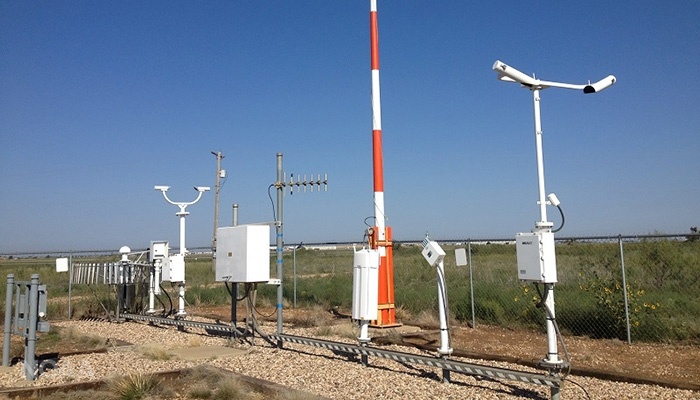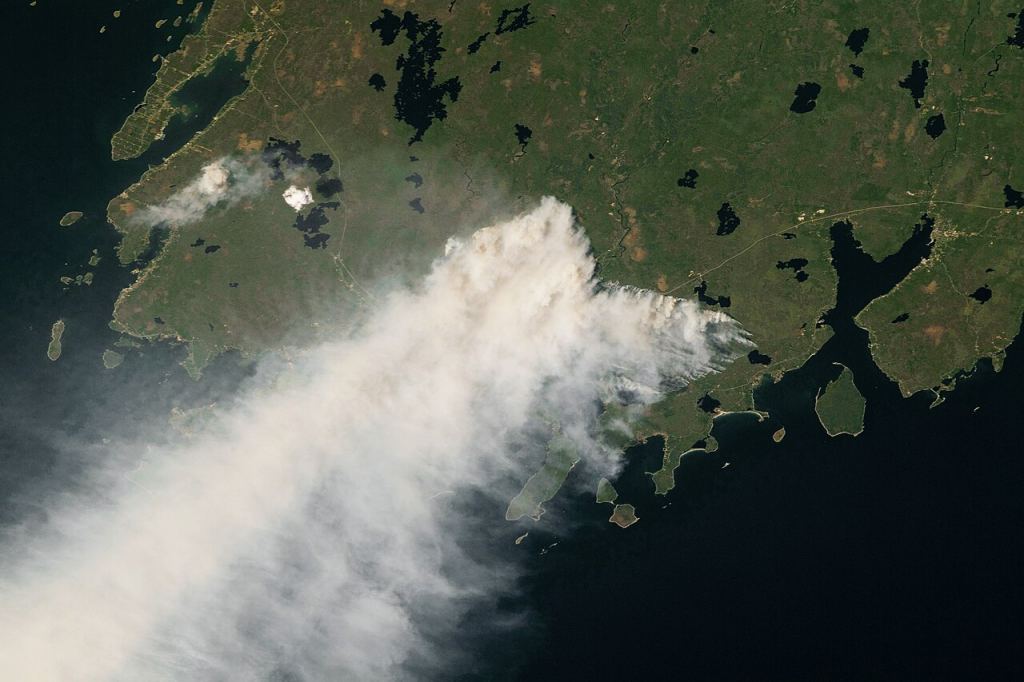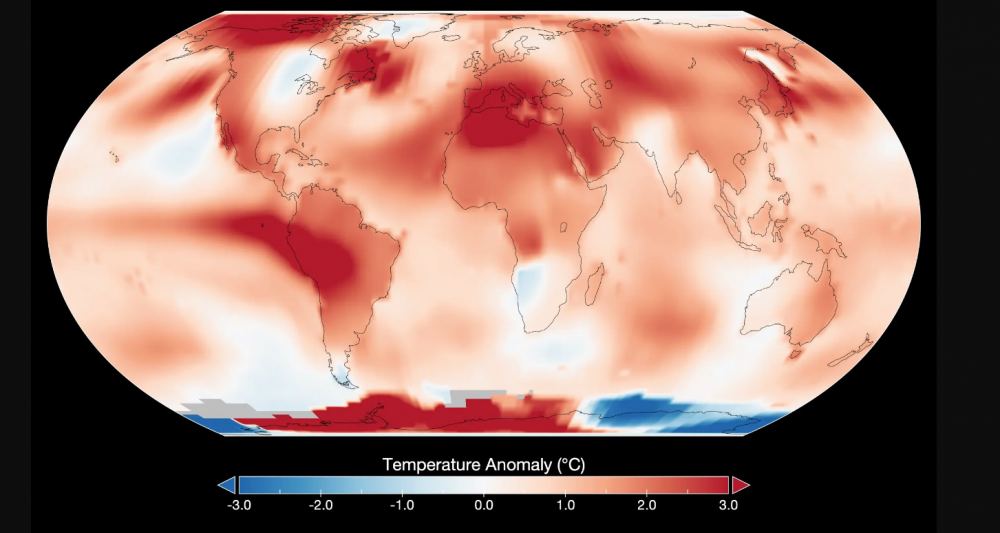In case you missed it, the weather’s been hot. From warmer-than-usual temperatures in northern climes to melting ice sheets in the polar regions, July 2023 was a record-breaking month. That’s not just some random perception. NASA has been keeping records and the agency confirms what most of us have observed for ourselves. It was a warm one.
Everybody expects warm temperatures during July, particularly in the Northern Hemisphere. But, places in South America, Antarctica joined North America and North Africa in sporting sweltering weather. NASA reported that temperatures increased about 4 C (7.2 F) above average. That’s a major jump across wide areas of the globe.

“NASA data confirms what billions around the world literally felt: temperatures in July 2023 made it the hottest month on record,” said NASA administrator Bill Nelson. He also pointed out that in every part of the U.S. people experienced the warming that he sees as part of the climate crisis. “The science is clear. We must act now to protect our communities and planet; it’s the only one we have.”
Assembling the Heat Record for July 2023
NASA gets its temperature data from tens of thousands of weather stations. It also measures sea surface temperatures from ships and buoys. That raw data gets sent for analysis. Scientists take into account the locations of the measurements and also look at such things as urban heat islands that might temporarily skew the data. From all that information, the trend was clear: July was the hottest in almost a century and a half.

“This July was not just warmer than any previous July—it was the warmest month in our record, which goes back to 1880,” said GISS Director Gavin Schmidt. “The science is clear this isn’t normal. Alarming warming around the world is driven primarily by human-caused greenhouse gas emissions. And that rise in average temperatures is fueling dangerous extreme heat that people are experiencing here at home and worldwide.”
One of the largest contributors to the July heating event was a higher-than-normal global sea temperature. Some of that’s due to the onset of El Nino, which affects the Pacific Ocean. Normally it doesn’t have a large effect, but this year it began early. Its long-term effect will hit hardest in February-March of next year.
What’s It Been Like “On The Ground”?
Higher temperatures have an effect across the globe and not just in July. “Climate change is impacting people and ecosystems around the world, and we expect many of these impacts to escalate with continued warming,” said Katherine Calvin, chief scientist and senior climate advisor at NASA Headquarters in Washington.

We’ve seen those impacts, for example, in the huge swaths of wildfires in Canada. More recently, the town of Lahaina on the island of Maui in Hawai’i was wiped out by one of several wildfires. It was driven by winds from a strong storm called Hurricane Dora. It passed 700 miles south of the state and its winds kept moisture-laden air from the island, which spent most of the summer drier than normal.
Europe has certainly faced climate-driven heatwaves and wildfires, as well. The island of Rhodes in Greece has been devastated by fires, for example. Extreme weather events in Italy have sent mudslides and floods across parts of the country, too. In the Middle East, temperatures have risen as high as 51 C (123.8 F), exposing millions of people to heat “emergencies.”
Farther south, scientists are tracking lower-than-normal ice growth around Antarctica. Similarly in northern climates, some ice packs have disappeared completely, and glaciers are receding. All of this is due to higher-than-normal temperatures and July 2023 saw the height of the heat, so far.
Climate Change Brings Temperature Change
The wisdom about climate change tells us that it brings changing temperatures to some places and wilder weather to others that hadn’t previously experienced it. Certainly, July of 2023 is showing us that. Tracking those changes is the job not just of NASA, but that of agencies around the world. Climate change isn’t going to just affect one place—it is affecting the entire globe. Decades of measurements show it.
“The data is clear: Our Earth is warming. And NASA is committed to empowering scientists, decision-makers, and people around the world to make data-based decisions when it comes to climate, said NASA’s Nelson. “With more than two dozen satellites, instruments aboard the International Space Station, and commercial and international partnerships, NASA uses our unique vantage point of space to observe our planet.”

In that sense, NASA and ESA, and other agencies are doing for Earth what they’ve done for other planets in the solar system. Using long-term measurements and sophisticated weather and climate models, they’re showing us what our planet’s climate is experiencing.
For More Information
NASA Clocks July 2023 as Hottest Month on Record Ever Since 1880
NASA Offers Many Resources to Monitor Climate Change


The C3S map is spot-on: Britain and Ireland were indeed colder than average in July…